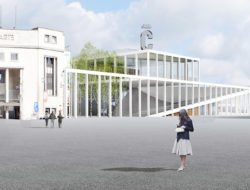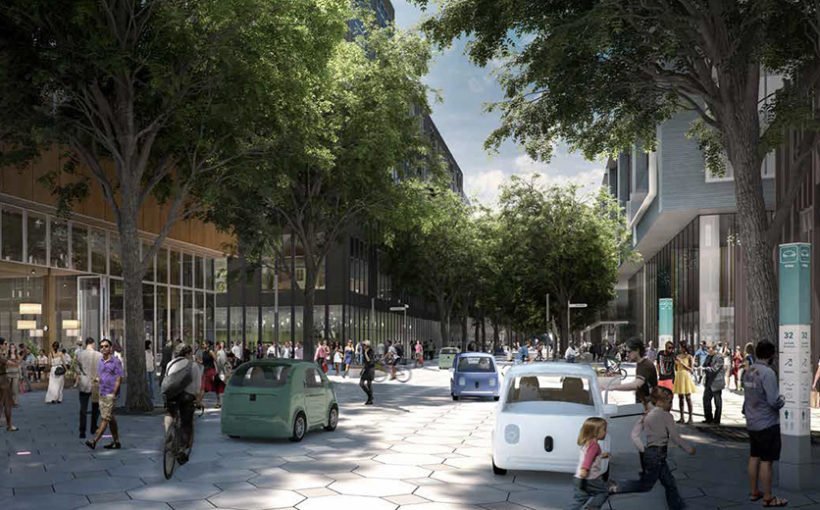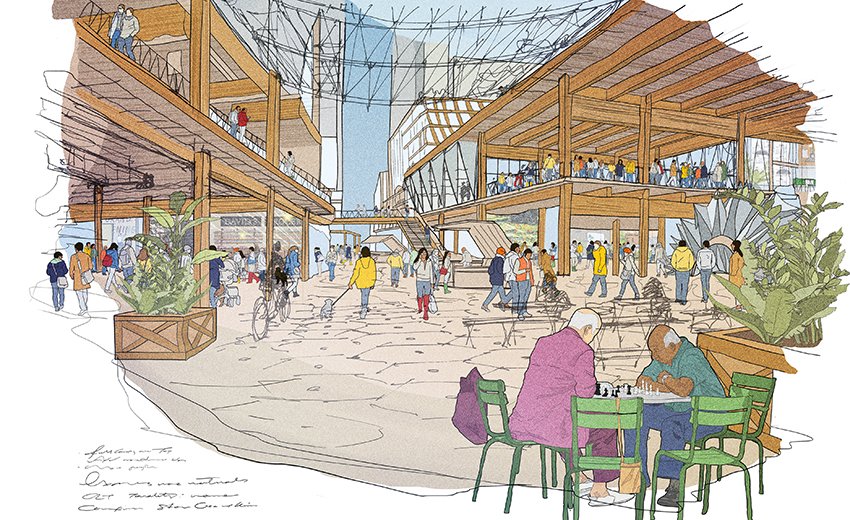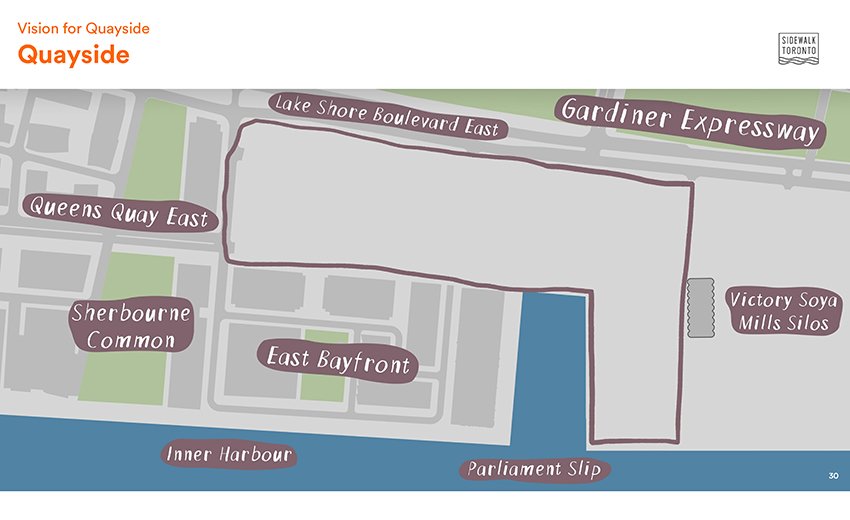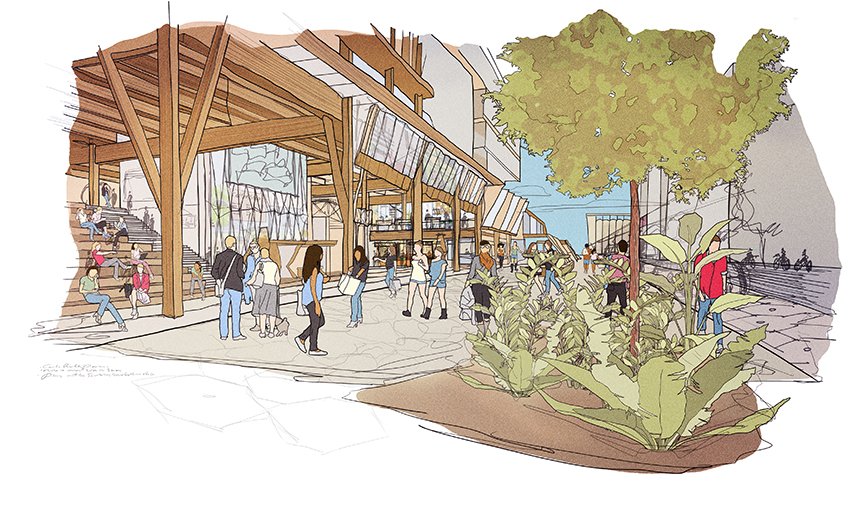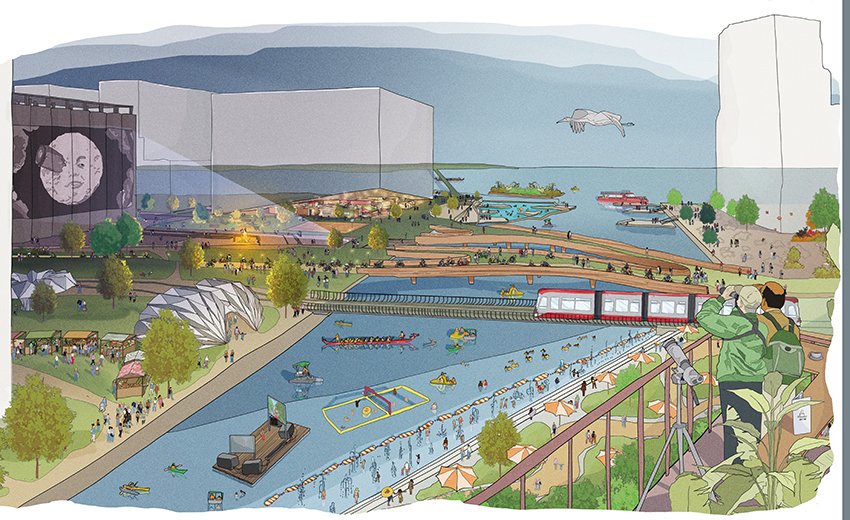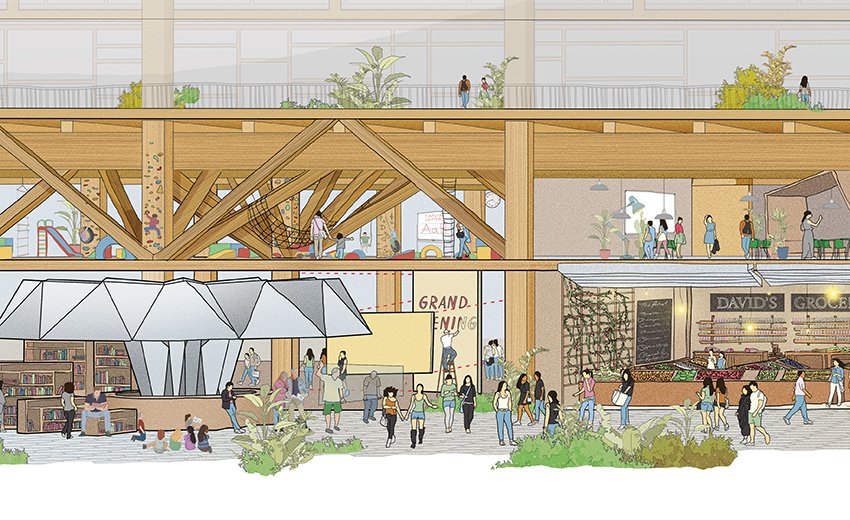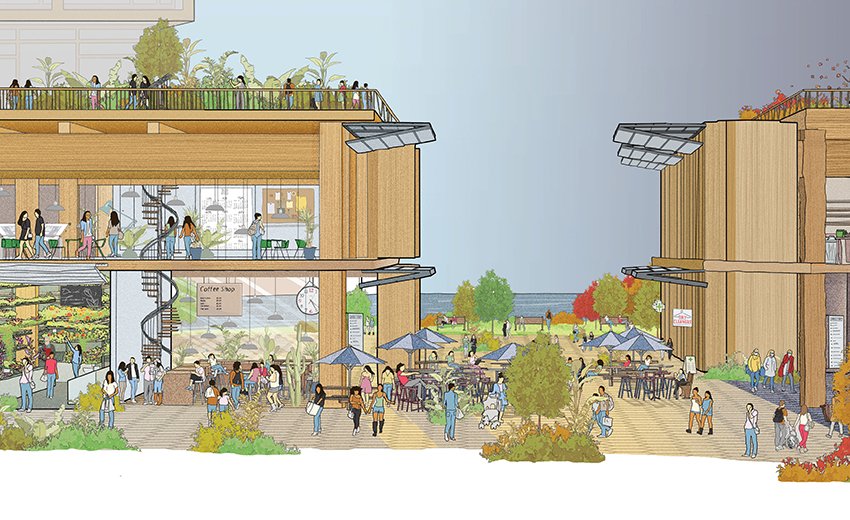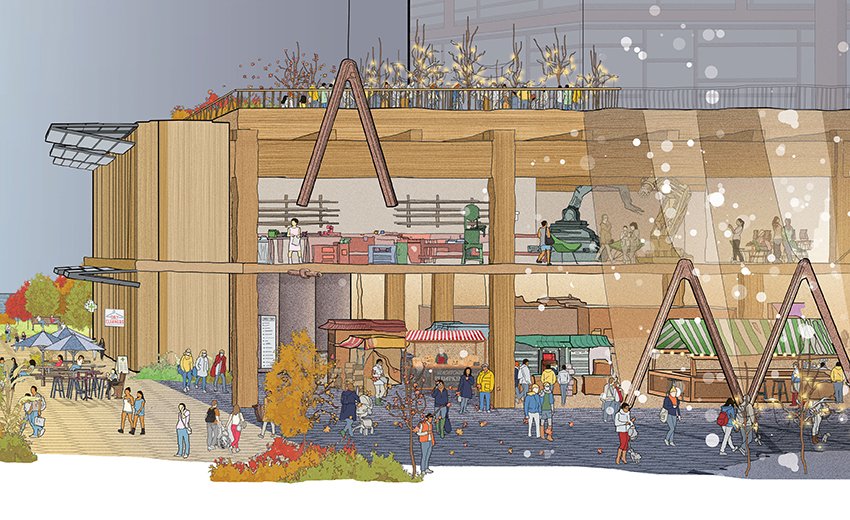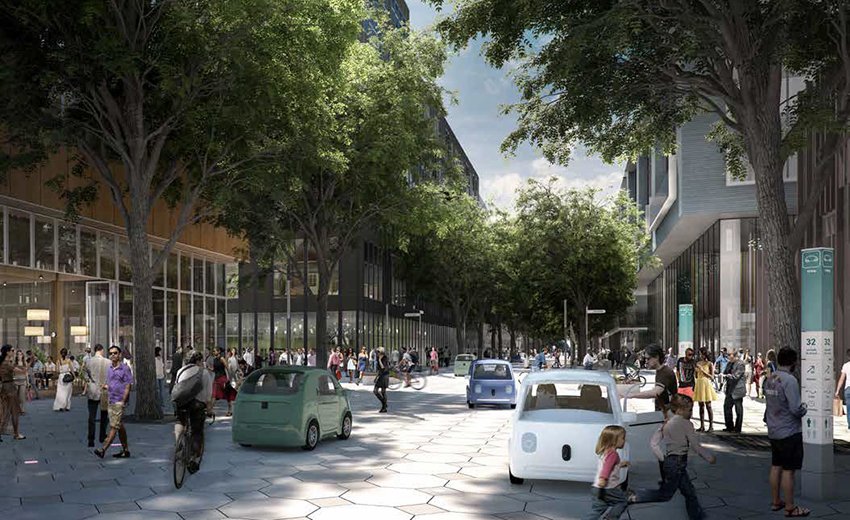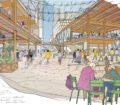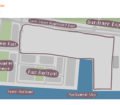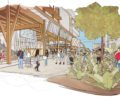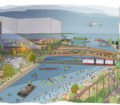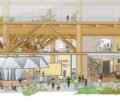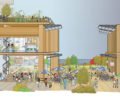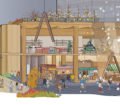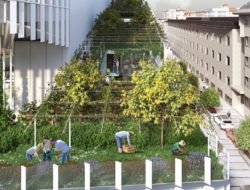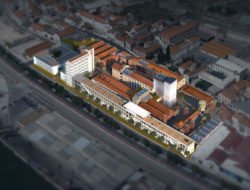Mid August, Sidewalk Labs, a subsidiary of Alphabet, unveiled the first images of the futuristic city that it intends to develop in Toronto. The company has finally received approval from the authorities to build its smart city from scratch.
Google and smart cities, ready for take-off? Dan Doctoroff, CEO of Sidewalk Labs – Alphabet’s entity dedicated to urban planning – is sure of it. In 2016, the subsidiary announced its first major project called Quayside. Its ambition: to create a neighbourhood of the future on nearly 5 acres on the banks of the largest Canadian city Toronto, with self-driving cars, a heating system without fossil fuels, modular and scalable buildings, a delivery service operated by robots and an underground waste processing system.
In March 2017, Waterfront Toronto, a government agency in charge of the redevelopment of waterfront neighbourhoods, had launched a call for tenders for the redevelopment of the site, which represents but a small part of the 320 acres on the shores of Lake Ontario in Toronto. A great opportunity to build sustainable neighbourhoods in a city where real estate prices have increased by almost 60% over the past five years. In October, Sidewalk Lab’s proposal was chosen. It has now been endorsed by the board of directors of Waterfront Toronto, who unveiled an agreement of 40 million dollars (34 million euros) so that Sidewalk Labs can create its vision.
Modular streets
Sidewalk is just starting to reveal but a few sketches of the new neighbourhood, but Google now wants to start a number of real-life experiments. Such as Dynamic Street, a modular and reconfigurable street, designed by Italian architect Carlo Ratti. “The Dynamic Street is designed with flexible hexagonal paving stones that can be repositioned to respond to different situations“, explains Emma Greer, project manager at Carlo Ratti Associati (CRA). The objective is to allow a same portion of a road to be used for different purposes, depending on the time of day.”
CRA cites the example of a passage that is occupied by pedestrians and cyclists during rush hour, but that stays empty the rest of the time. “Dynamic Street would transform this area in a playground during the day or reconfigure it when there are neighbourhood festivities or a basketball game, thanks to the plug and play elements, explains Emma Greer. The pave stones aren’t only easily transformed, they are also equipped with lights. The lights are adjustable according to the need and can indicate pedestrian crossings, bike lanes, bus stops or other indications, lists Sidewalk Labs.
The visionary architect and engineer Carlo Ratti leads the SENSEable City Lab of the Massachusetts Institute of Technology (MIT), a reference laboratory for urban innovation. Last April, he presented Living Nature in Milan, a 500 m2 installation that reproduced the weather conditions of the four seasons under a glass structure. He has also published a much-discussed book: The City of Tomorrow Sensors, Networks, Hackers, and the Future of Urban Life (ed. Yale University Press). In his book, he explains how the city of tomorrow will especially change our behaviours and is far from the utopia of the purely technological smart city. Will Google dare to use it as a source of inspiration?
Tags: Carlo Ratti, Dynamic Street, Google, Quayside, Sidewalk Labs

































